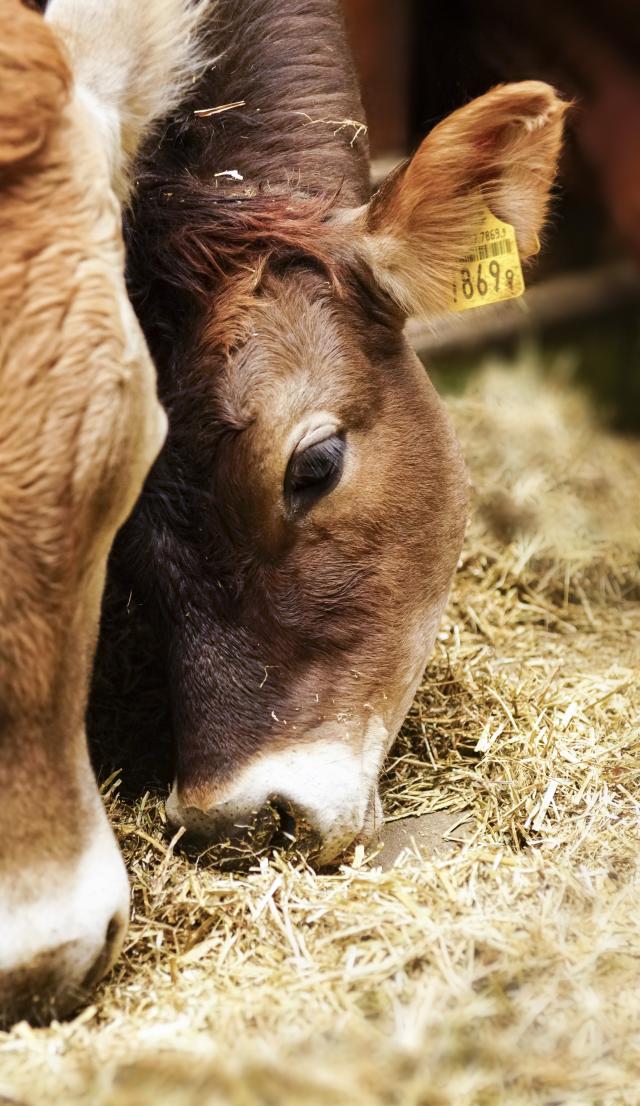
New research is investigating the potential of a lick-block formula that could help reduce methane emissions from livestock.
This research is part of a collaboration between Meat and Livestock Australia (MLA), the University of Sydney and commercial company, Agcotech. The research will provide valuable information for the potential for delivering methane-reducing feed additives to Australian livestock in a wide range of grazing applications.
Prof Luciano Gonzalez at The University of Sydney is part of the research team and he said lick blocks were one potential delivery solution for feed additives, extending the reach of additives from controlled feeding environments such as feedlots to extensive grazing environments such as pasture.
He said early results from a pen trial with young steers saw an average 12 percent direct abatement of methane, while also allowing bodyweight to increase at 0.78 kg/hd/day on oaten hay.
“We are trying to replicate dry feed conditions with our grazing cattle, as that is where there is significant potential to reduce overall methane emissions for our industry,” Prof Gonzalez said.
“We have started on low dose of active ingredients to ensure best animal welfare, with no set back of cattle at this stage of trials.
“Farmers are unlikely to use technology unless it is production focused as a priority. The research goal is to turn that methane into body weight, rather than allow that energy to go to waste.”
Charles (Chick) Olsson, Chair of Agcotech, said he saw an opportunity for Australian red meat to demonstrate its environmental credentials.
“It is a path our industry has started on, an aspirational goal that has got the whole Australian science community involved with beef and lamb improvements via reductions in methane,” Mr Olsson said.
“We plan to slowly introduce new technology that is safe, cost-effective, and mitigates methane emissions for all ruminants. We are currently developing molasses blocks, feed pellets and liquid feed as carriers for our natural range of plant extracts.”
CN30 project manager, Julia Waite, said in the future, graziers looking to include a supplement with methane reduction benefits should be able to choose from multiple options – both in terms of the active ingredient and the method of delivery.
“Grazing properties vary in their management regimes and risk appetite – which impacts the kinds of technologies that would be suitable,” Ms Waite said.
In addition to productivity and safety trials, MLA is exploring how these additives can reach livestock in extensive systems.
“Across the portfolio we have active trials looking at dosing through the water supply, lick-block through to a more out-there biodegradable bolus,” Ms Waite said.
“The advantage of lick-blocks as a delivery mechanism is that the technology is familiar to producers, so there’s one less unknown when considering adoption and for many, it may fit in with their existing supplementation regime.”





